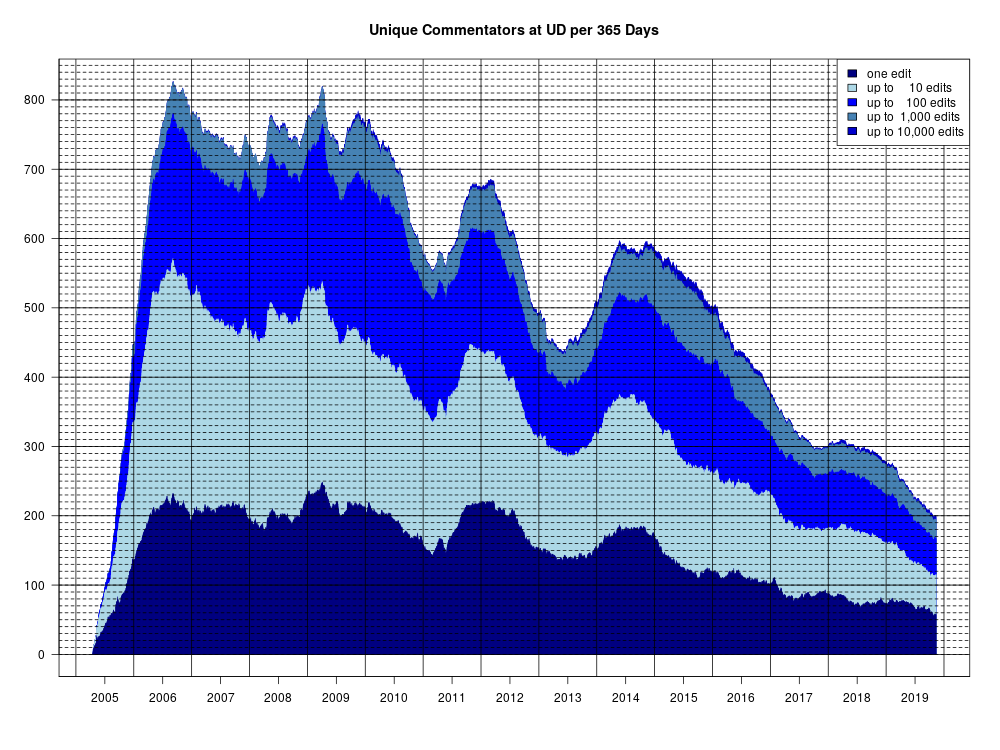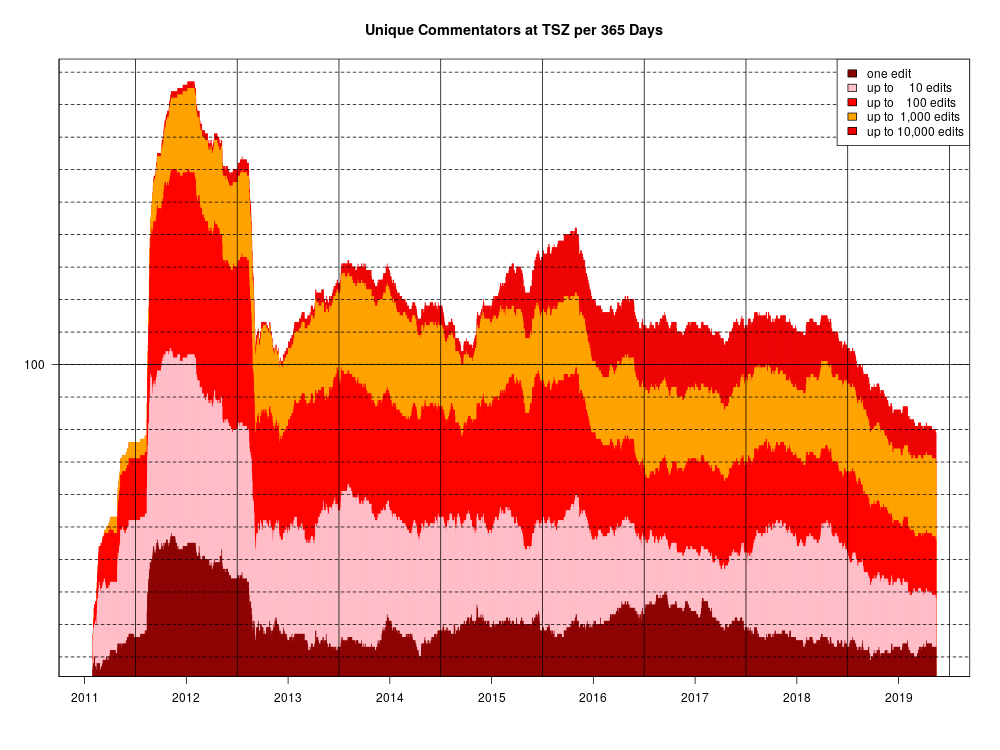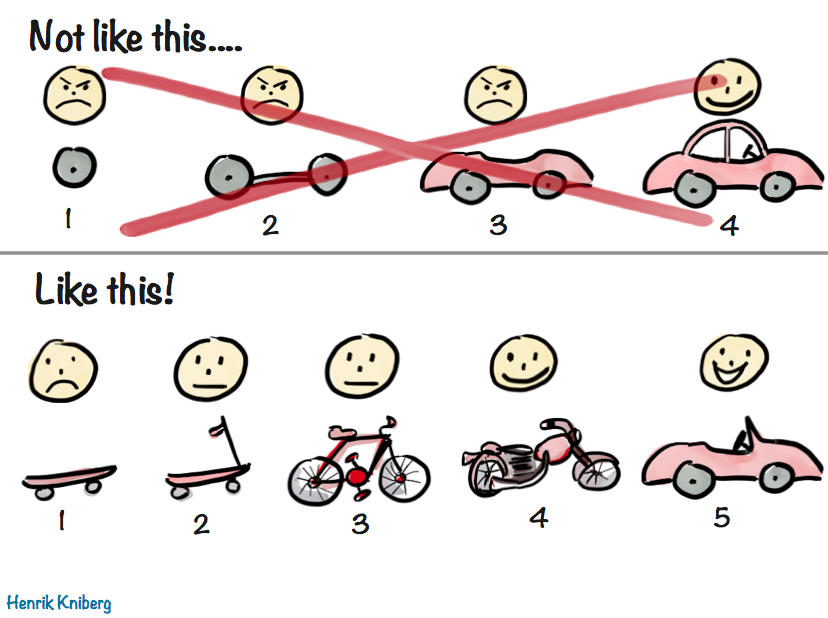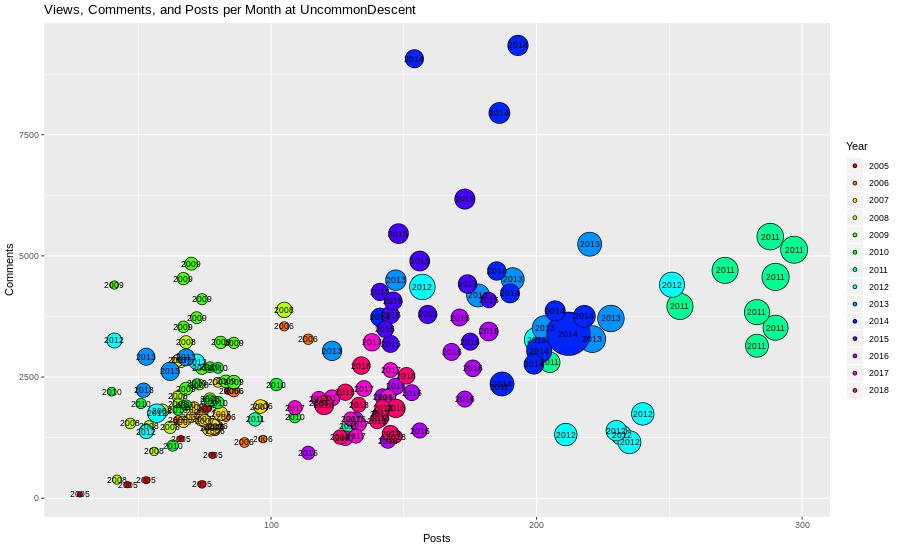I was short with Joe Felsenstein in the comments section of “Stark Incompetence,” a post in which I address, well, um, the stark incompetence on display in a recent publication of Eric Holloway. I have apologized to Joe, and promised to make amends with a brief post on the topic that he wants to address. Now, the topic is a putative model that Eric introduced in “Mutual Algorithmic Information, Information Non-growth, and Allele Frequency” (or perhaps an improved version of the model). Here is a remark that I addressed to Joe:
Tom English: As you know, if a putative model is logically inconsistent, then it is not a model of anything. I claim that that EricMH’s putative model is logically inconsistent. You had better prove that it is consistent, or turn it into something that you can prove is consistent, before going on to discuss its biological relevance.
I will not have to go far into Eric’s post to identify inconsistencies. After explaining the inconsistencies, which I doubt can be eliminated, I will remark on why the “model” is not worth salvaging. The gist is that Eric’s attempted analysis puts a halting, output-generating simulator of a non-halting, non-output-generating evolutionary process in place of the process itself. An analysis of the simulator would not, in any case, be an analysis of the simuland.





